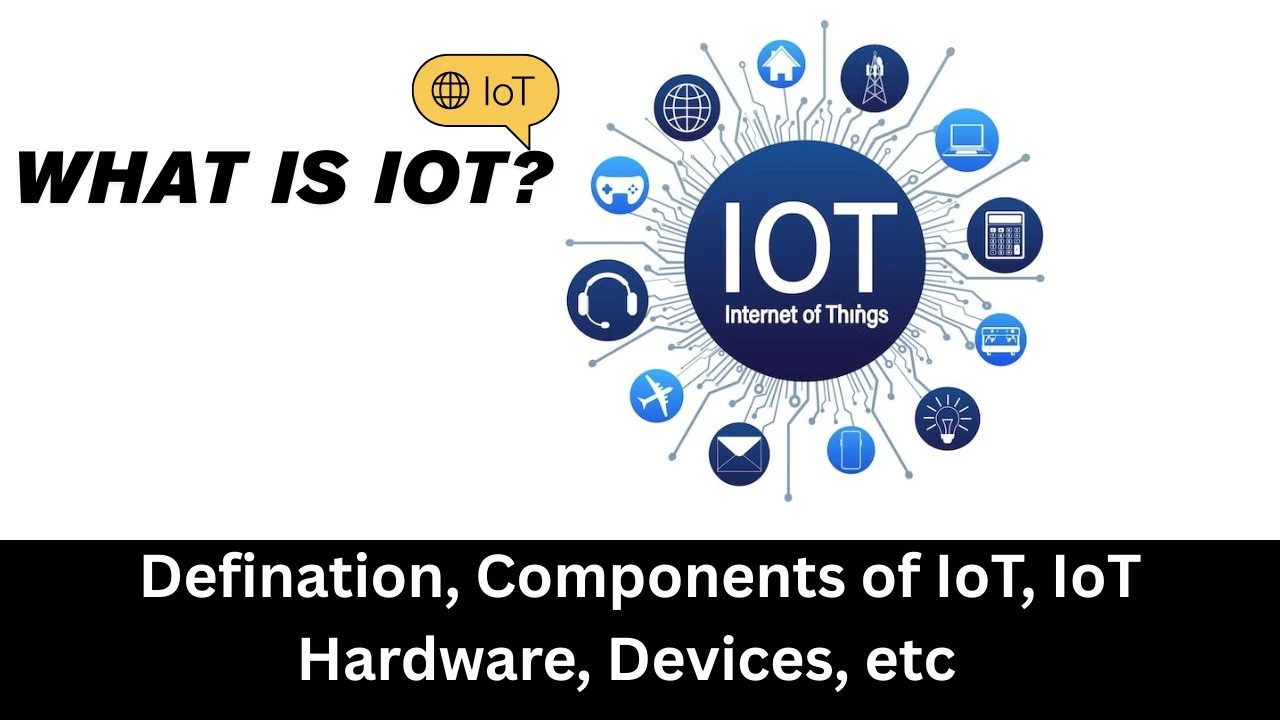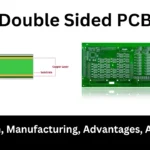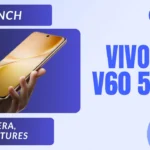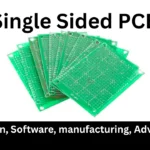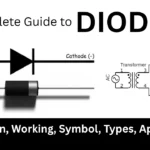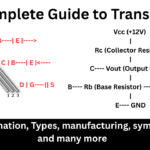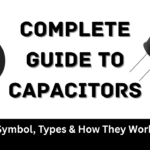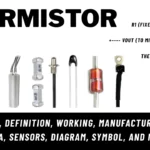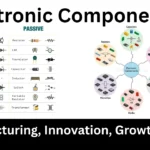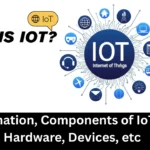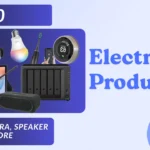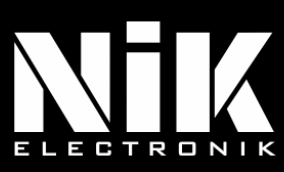What is Internet Of Things (IoT). It is technology which is based on network which is interconnected devices which perform task, monitor environment, this communication happen through the internet.
IoT devices collect data, process it, and share it to enable real-time decision-making.
For eg, a smart home thermostat uses IoT sensors to monitor temperature and sends data to a cloud server, allowing you to adjust settings remotely via a smartphone app. Similarly, industrial IoT electronics monitor machinery performance to predict maintenance needs, reducing downtime.
we’ll explore what is IoT and IoT hardware, key components like IoT sensors, IoT electronic components, and more, to help you understand this growing technology.
What is IoT Hardware and Key Component of IoT
when machines and things like fans, lights, and TVs are connected to the internet so they can work smartly. To do this, we need some special parts. These are called IoT hardware
Let’s look at the most common IoT hardware components:
-
Sensors
Sensors are like small parts that can feel what is happening around. These sensors collect real-world information and send it to the next part.
For example:
A temperature sensor feels how hot or cold it is.
A motion sensor knows if someone is moving nearby.
A light sensor sees if it’s bright or dark. -
Controllers
Controller is tiny computer. It reads the information from sensors and decides what to do.
For example:
If the temperature sensor says the room is hot, the controller can turn on a fan.
Common IoT controllers include boards like Arduino, ESP32, or Raspberry Pi. -
Communication Modules
This is how the device talks to your phone or to the internet. This helps the smart device send updates or receive commands.
For Example:
If it has Wi-Fi, it can send messages through your internet.
If it has Bluetooth, it can connect to your phone directly.
We will take one example of small plant pot for how this above mentioned parts work together.
Inside the pot, a moisture sensor checks if the soil is dry. When it is, the controller understands that the plant needs water. Then, using a Wi-Fi chip, the pot sends a message to your phone saying, “Your plant needs water.” In some cases, a small water pump may even turn on automatically to water the plant. All of this happens because of the smart IoT hardware working together inside the pot.
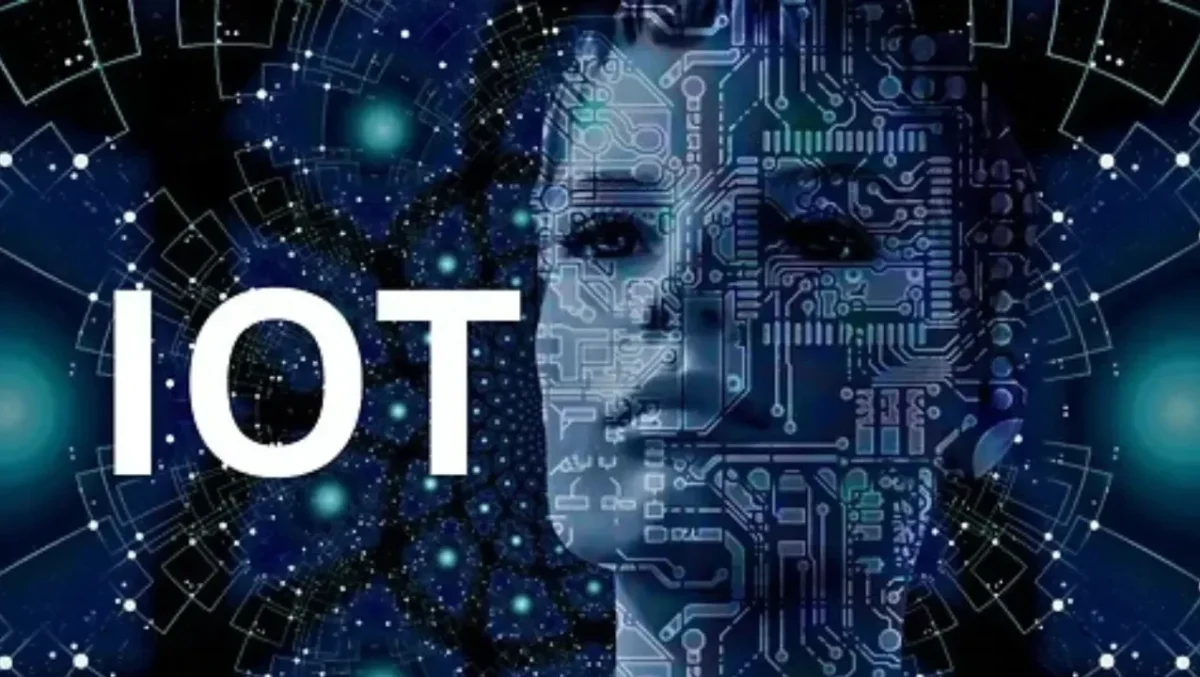
List of Common IoT Devices
There are lots of iot devices for various industries, home appliance, consumer product which has iot hardware present like sensor,controller, communication module.
Here is a list of iot devices
1. Smart Home Devices
These are the most common IoT gadgets people use at home. These devices save energy, time, and give security.
-
Smart Lights – Turn on/off from your phone or by voice
-
Smart Plugs – Control your fan, TV, or any device remotely
-
Smart Speakers – Like Alexa or Google Home, talk and get things done
-
Smart Door Locks – Lock/unlock your door using an app
-
Smart Cameras – See live video of your home from anywhere
2. Healthcare IoT Devices
Used in hospitals and homes to track health and fitness.
-
Smart Watches – Monitor heart rate, sleep, and steps
-
Fitness Bands – Help you stay active and healthy
-
Smart BP Machines – Send reports directly to your phone
-
Glucose Monitors – Track sugar levels in real time
3. Industrial IoT Devices
Used in factories and industries to monitor and control machines.
-
Smart Sensors – Measure temperature, pressure, etc.
-
Asset Trackers – Keep track of tools and materials
-
Smart Meters – Check electricity, gas, or water usage
4. Automotive IoT Devices
Used in vehicles to improve safety and features. In todays day cars are fully of smart iot devices which make car driver track many things link tyer-pressure, climate control AC, Fuel tank capacity, battery capacity.
-
GPS Trackers – Find your vehicle anytime
-
Car Diagnostic Tools – Tell you about fuel, tire pressure, and engine
-
Connected Car Apps – Start your car, control AC, and lights with your phone
5. Agricultural IoT Devices
Help farmers grow better crops and save water. IoT is changing farming by making it smarter and easier
-
Soil Sensors – Tell if soil is dry or wet
-
Smart Irrigation – Automatically water crops
-
Drones – Check crop health from the air
6. Smart City Devices
Used by governments to improve city life. These devices helps to save energy and manage resources better.
-
Smart Street Lights – Turn on/off based on sunlight or traffic
-
Air Quality Sensors – Check pollution levels
-
Smart Parking Sensors – Tell where empty parking is available
-
Traffic Management Systems – Reduce traffic jams
Inter Of Things (IOT) as Future
IoT is exponentially growing as its a technology which makes life simple by its IoT Hardware Devices and Components as we read it above. In future IoT will be present in each and every possible devices by its advancements in connectivity, artificial intelligence, and edge computing. Lets look few major points as future of IoT.
- Expansion in Smart Cities and Healthcare – IoT will transform urban planning and healthcare. Smart cities will leverage IoT for traffic management, waste reduction, and public safety, with global spending on smart city solutions projected to reach $200 billion by 2026. In healthcare, IoT-enabled wearables and remote monitoring systems will improve patient outcomes, with the market for connected medical devices expected to grow at a 25% CAGR through 2030.
-
AI and Machine Learning Integration – IoT devices are generating vast amounts of data, and AI is becoming essential for processing and analyzing this information. Machine learning models deployed on edge devices will enable real-time decision-making, from predictive maintenance in industrial IoT to personalized healthcare solutions. By 2027, over 70% of IoT devices are projected to incorporate AI capabilities, enhancing automation and efficiency.
-
Edge Computing Dominance – As IoT networks expand, edge computing will play a critical role in reducing latency and bandwidth costs. Processing data closer to the source—on devices or local servers—will enable faster responses and improve security. This shift is expected to drive a 40% increase in edge-enabled IoT deployments by 2028, particularly in manufacturing and logistics.
-
Enhanced Security Measures – With IoT’s growth comes heightened cybersecurity risks. Future IoT systems will prioritize advanced encryption, blockchain-based authentication, and zero-trust architectures to protect data and devices. Regulatory frameworks, like the EU’s Cyber Resilience Act, will push manufacturers to embed security-by-design principles, with compliance expected to be mandatory by 2026.
Conclusion
I hope reader will like this information about how IoT is transforming the way we live, work, and interact with the world around us. From smart homes to smart farms, these connected devices are making our daily life easier, faster, and more efficient. Whether it’s saving electricity, improving health, or helping industries work better — IoT plays a big role.
As technology grows, IoT will become even more important in the future. Learning about it today helps us understand how the smart world works tomorrow.
In short, IoT is not just the future — it’s already making our life simple and smart.
If you liked this article, don’t forget to check back daily!
I regularly post updates on the latest trends in electronics, new product launches, tech innovations, industry news, and updates from electronic companies.
Follow the blog or bookmark this site to stay ahead in the world of electronics!
Feel free to share this article on your favorite social media platforms!
